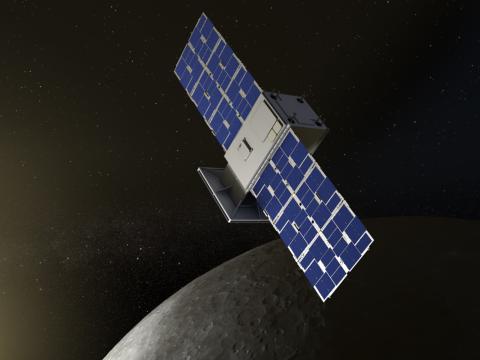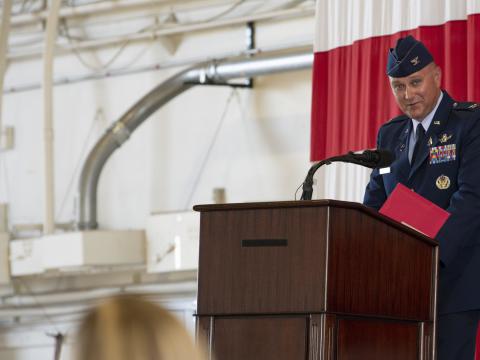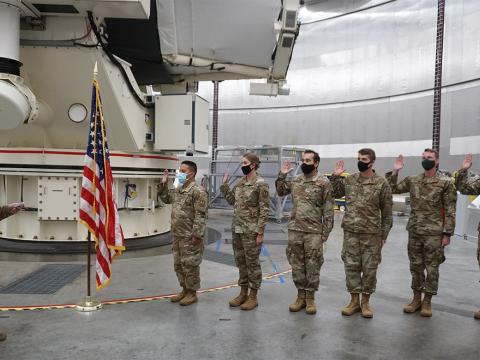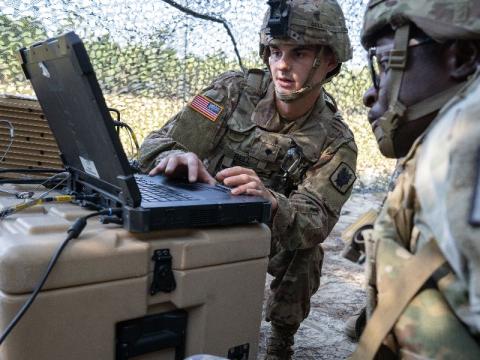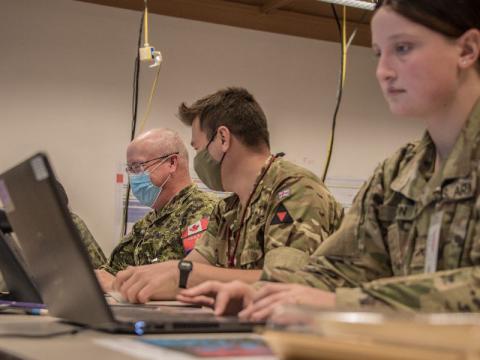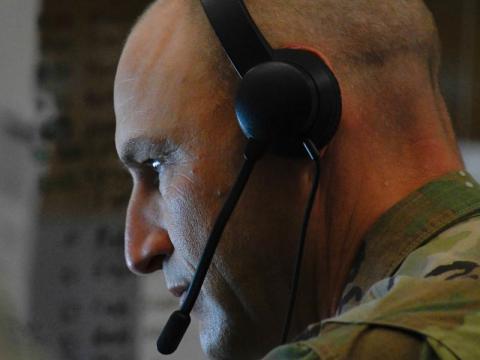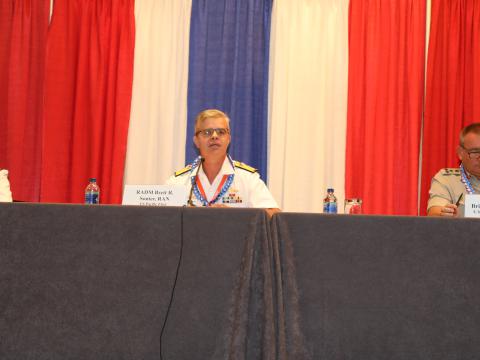Iraqi Portal Breaks Coalition Information Barriers
Disparate people, data come together through Web tool. 
The U.S. Joint Forces Command Joint Experimentation Directorate, developed, modified and installed an information-sharing portal for Multi-National Force–Iraq in Baghdad in less than a year.
Multi-National Force–Iraq, plagued by problems with incompatible data sources and proprietary, noninteroperable tools, is experiencing military transformation to a network-centric force firsthand. The U.S. Joint Forces Command has delivered a user-friendly portal to Multi-National Force–Iraq, positioning itself for interoperability with future systems and for eventual data sharing with the Iraqi Interim Government. The portal provides seamless information sharing among
While touring
The U.S. Joint Forces Command’s (JFCOM’s) Joint Experimentation Directorate (J-9) had been developing an open-standards, and mostly open source, Web portal for an experimental cross-domain information-sharing capability and offered to provide the portal in a single domain mode. The experimental portal system was modified to MNF-I’s requirements, tested and installed in less than six months.
Providing a product that was based on industry open standards was the first priority for developers. Open standards improves interoperability and provides a capability that would meet immediate customer requirements and would support network centricity.
The standards chosen included Java-based software to ensure a cross-platform capability; Java Specification Request (JSR) 168, an open-source Java portlet specification that enables interoperability between applications—known as portlets—and portals; Web Distributed Authoring and Versioning, a set of extensions to the hypertext transfer protocol that allows users to edit and manage files collaboratively on remote servers; and open-source Extensible Messaging Presence Protocol (XMPP) for the text chat capability.
According to Maj. James W. Jackson, USA, lead portal engineer for MNF-I’s Communications and Information Systems (CIS), JSR 168, XMPP and Extensible Markup Language are rapidly emerging as core network-centric standards.
In addition to a platform and applications that were open standards, MNF-I wanted the portal to have the ability to integrate existing applications and databases; to be able to accommodate a lightweight directory access protocol user authentication log-in for single sign-on with a username and password; to allow users to configure their own preferences, to collect metrics on performance and usage, to centralize user functions through collaborative tools; and to be scalable to 5,000 users. MNF-I wanted to make the portal capable for secure and rapid cross-domain replication with the Iraqi Interim Government in the future.
Although the portal is not open source, Boyd Fletcher, prototype development lead engineer, J-9, JFCOM, says that using open source applications enhances the system’s flexibility and reduces cost. With commercial, or closed software, the customer must pay the vendor to make changes and then wait until the vendor has made the changes. “Open source allows us to inspect the code for problems and to change the code to fix the problems if any occur, without waiting for the vendor,” Fletcher explains. In addition, he notes that because others in the community have the same capabilities, problems have a tendency to be found faster and fixed quicker when using open source products.
In March 2005, using the open source and open standards capabilities JFCOM deployed the MNF-I information-sharing portal. It enabled personnel to access, organize, search and share information from data stored across the theater and to have a cross-domain transfer capability between
The portal suite consists of a portal engine, a document management system and a number of portlets. The portal is accessed through a Web browser on the private network, the Multinational Coalition Forces Iraq Combined Enterprise Regional Information Exchange System, or MCFI CENTRIXS.
The document management system, based on Xythos’ WebFile Server, is the main document repository for MNF-I. The system can intuitively store multiple versions of the same file, reducing the clutter in the old file and Web servers. In addition, it provides access controls that let authorized officers and field personnel read, write and delete documents, and because it is Web-based, it can be extended out to soldiers operating throughout
Maj. Jackson says the document management tool saves operations center personnel both time and effort daily. Before the portal was installed, it was common for personnel to send e-mail with a large number of attachments, which overloaded mailboxes and caused some messages to bounce. “The portal allows an individual to send an e-mail with a link to the document with one click of the mouse,” Maj. Jackson says. Posting a master document within the document system instead of e-mailing copies also reduces strain on bandwidth and e-mail storage space.
In addition, storing a document on the portal and sending a link to it means everyone sees the most current version. “With an e-mail distribution, as soon as the document is e-mailed, it is out of date,” notes Maj. Jackson.
Another feature of the document system allows personnel to subscribe to files and to receive automatic notification when documents are changed. When a document is changed, previous versions are still stored in the system. The system automatically identifies and saves all versions of a file under the same file name. This allows users to refer or revert to previous versions.
Users also can change permissions on a file based on an individual’s e-mail identification. This allows a user to restrict access to sensitive documents to a select group or to enable public access to a document. According to Fletcher, 60 percent of the portal is used for document management.
The Composeable FORCEnet WebCOP application, developed by the Space and
A user can set up a home page to include an individualized document management system for the files that are used most often such as the weather forecast, telephone directory, operations orders, fragmentary orders, policy and procedures, staff section announcements, and files. The files also could include the battle update assessment (BUA), a daily brief given to the MNF-I commanding general.
The portal’s main purpose is to improve efficiencies in daily information-related processes. Users range from administrators who handle daily correspondence to geographically dispersed general officers and deputies who use the portal to obtain a common operational picture to assist in strategic decision making for warfighters in the field.
“Information management and the need to share efficiently and effectively are a key force multiplier,” says Capt. Sandra T. Buckles, USN, chief, knowledge management, CIS, MNF-I. “During the initial stages of conflict, both are compromised in order to meet near-term mission demands. As the infrastructure matures and we enter a more stable environment, it is essential to manage data availability, accuracy and processing capabilities.” The portal allows for ease of access and use and provides a central/authoritative location that supports rotational forces, she notes.
While the portal shares information across the Iraqi area of responsibility—both internally and with
Until then, other capabilities are being implemented within the portal, and portal usage continues to grow. JFCOM also will provide open source text chat and instant messaging applications to complement the portal with text-based synchronous collaboration at a later date.
Additional features under development include a personnel system that allows soldiers to check the details of their next mission or to book travel. A future application will track convoys dispersed throughout the area of responsibility, which will provide real-time data on their locations and current status in theater.
Recently deployed is an automated task tracker application. According to Capt. Buckles, this application solves four problems: routing staff actions, operation orders and fragmentary orders; notifying users of requested actions; managing comments from the subject matter experts; and maintaining a real-time status of all staffing actions and orders in theater. The task tracker quickly routes time-sensitive theaterwide policies or orders to hundreds of individuals and subject matter experts across numerous organizations. It notifies subordinates when an action on a document is required and alerts superiors when an action has been completed; enables agencies to gather comments from subordinates in one electronic location; allows an agency reviewer to approve, modify or reject comments and then publish the comments on behalf of the agency; and enables leaders to view exactly where an action is at any given time.
Another application under development helps correlate briefings. Many briefings recur in the MNF-I, such as BUAs, which comprise input from individuals from more than 30 organizations who e-mail their presentation slides to a BUA point of contact. The BUA point of contact then assembles the briefs in a matter of hours.
A dynamic, distributed presentation application will allow individual agencies to update their agency-specific slides in the document management system. The presentation application will go out on the network and import the agency-specific slides in real time. In addition to the timesaving benefit, the presentation application program ensures that the most current version of the document is displayed.
“We are continuing to lay the foundation that will enable increased collaboration with our Iraqi partners,” Capt. Buckles says. Ultimately, the Iraqi portal will meet the need to share information across several domains—the Iraqi Interim Government’s classified and unclassified networks as well as sensitive-but-unclassified coalition networks.
But Capt. Buckles sees the portal as only the first step in the plan. “The portal is a key component in a larger plan to implement a service-oriented architecture in theater,” she says. This will allow users to access heterogeneous databases through open-standards-based Web services.
Web Resources
Multi-National Force–Iraq: www.mnf-iraq.com
